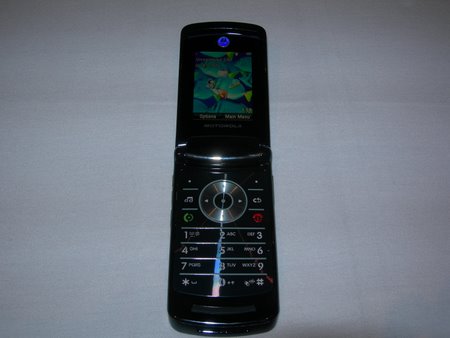Google phone, Motorola Razr2 will finally catapult role of open source, Linux in mobile market

The impending release of the Google phone and Motorola's first Linux-based Razr2 device (shown above) in the U.S. will catapult open source’s status in the mobile market.
In spite of efforts from numerous Linux organizations and specialty startups, proprietary platforms from RIM, Microsoft, Nokia and Palm have dominated the mobile device and smartphone market for years. And though the debut of Apple’s iPhone ( and its Unix-like footprint) this year has unleashed a frenzy of excitement among developers, it is a closed environment – notwithstanding Apple’s official SDK planned for February.
The planned entry of the Google phone– with its expected open source footprint, and online services lead and online advertising genius– is going to be a huge win for the mobile Linux community -- provided that the GUI is nice and the hardware has a sexy design and display akin to that of the iPhone, ISVs say.
It's only one of the drivers. The impending release of Motorola’s Razr2 V8 with mobile Linux onboard and Motomagx mobile Linux platform, unveiled at LinuxWorld Expo in August, and increasing popularity of the Opera open source mobile browser will also help drive more respectability for open source in mobile circles.
The number of mobile platforms is proliferating – not consolidating – and that enables Linux to have a seat at the table. Not only because it's the only OS left, observers say, but because it is the only open platform, and is more portable than its rivals.
Take Funambol, a hot open source mobile app vendor, whose iPhone plug-in will ship with its 6.5 release in November. Funambol CEO Fabrizio Capobianco ported his cross platform push e-mail and over-the-air synchronization software to the iPhone recently and will port it to the Google phone when it ships.
The way he sees it, open source mobile software, especially mobile Linux, is poised to take off because of its open nature. In the mobile arena, where platforms are now a plenty and the rate of innovation is lightning fast, having a huge community of developers is a big advantage. Funambol has been able to port its software to multiple platforms directly a a result of having a sizable base of open source developers.
There are currently about 30 open source applications out there built for the iPhone. And many more will follow the release of Apple’s second generation, software development kit -- beyond the browser it makes available today, and beyond the solutions based on hacker jailbreaks, ISVs say Even so, that up-and-coming SDK will be tied to Apple’s world and iTunes, which is a non starter for most developers.
“Mobile Linux is coming. It’s the big platform,” said the CEO, who predicts that mobile linux will follow in the same footsteps as Linux in the embedded market. "Linux is going to get the vast majority of this market. "
